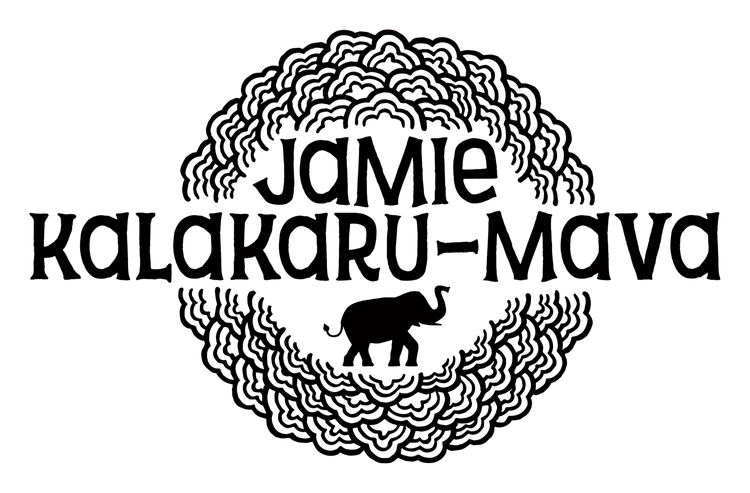Life around this time was, in a word: full. I’d wake up as early as I could muster, usually around 7:00 a.m. or so. Sometimes Mela, my dog, would wake me up a little earlier. I’d feign an attempt to make lunch, opt against it, and drive to work. I’d arrive to the Green Institute building as early as possible, trying to get there before anybody else arrived. (During the day, in my accounting job at Peace Coffee, it was far easier to get stuff done when the office was quiet!) The daytime was pretty normal—invoicing, placing orders, catching up on accounting. Lunches were often sandwiches from Manny’s Tortas or tamales from La Loma, tasty eateries on Lake Street.
I’d work your typical eight- to ten-hour work day, sometimes a little longer at the end of a month (it’s an accounting thing). After work I’d go home, inhale a quick dinner, pick Mela up from the house, and head to the gallery.
Emails, art submissions, website updates, and more would be the normal theme to most of my evenings. During open gallery hours we’d get occasional visitors, after which I’d return to computer work, communicating with artists about future exhibitions, marketing, and posting openings online. Things would happen in comforting cycles: decide on a theme, promote an open call, receive entries, curate artists, contact applicants, craft postcards, post promotions, send press releases, update website, promote promote promote, open show, thank artists, plan the next one.
It was energizing moving from one exhibit to the next in an exciting cycle. It was also a chance to improve from iteration to iteration. It’s like learning the rules of color, balance, and rhythm—and then tweaking them. Who says video games aren’t art? Who says art has to be only visual? Why not create an exhibit about the beauty of science and instead of a brochure craft a theory, write a thesis, and use the art as data to support the findings?
Friends would often come hang out at the gallery while I worked in the evening, and the company and background noise were comforting and helpful. Even now, working at a busy coffee shop alone is one of my favorite settings, as the ambient conversation helps keep me awake. Depending on the time of the month, I’d head home anywhere from 10:00 p.m. to 2:00 a.m., in time to get at at least a few hours’ sleep before returning to work the next morning.
The saying is true: when you’re doing what you love, it doesn’t feel like work. That being said, the energy I felt after a big effort was telling. If I felt drained and depleted, it wasn’t the best use of my time. If I felt tired but happy, I knew it was positive. The gallery was time consuming but energizing—at first. As exhibitions grew busier, my time was in increased demand, though my energy was a finite resource. Eventually, trying to keep my duties manageable, I removed Sunday gallery hours from our availability. I found having an actual morning off was well-earned bliss.
After a few years of this routine, I gathered notes from exhibitions and compiled them into a curatorial handbook, which I shared with artists and volunteers. Crafting an open-source document on how to execute exhibitions felt like a huge step, especially at the time. This sharing became the standard practice for Altered Esthetics: gathering as much information as possible, learning from each other, then sharing what we learned.
There were a few moments during my time at the gallery I was advised to keep things proprietary, but that seemed so counteractive to what we were trying to do. Most decisions were rooted in shared values: training others, giving people access to resources and information, and personal growth and empowerment. In the future as we worked with interns it wouldn’t be about getting them to do the grunt work; rather it was about helping them learn how to do exhibitions themselves. Altered Esthetics was a DIY space in a era of increasing accessibility in the arts, and it was great to be part of a growing movement within the creative community.
This post is adapted from It’s Never Going To Work: A Tale of Art and Nonprofits in the Minneapolis Community with illustrations by Athena Currier. Post graphics by Jamie Schumacher. ©2018 Jamie Schumacher.
It’s Never Going To Work is a light-hearted, illustrated book that offers real-life insights on founding a community space and nonprofit. It provides tools, tips, resources, and camaraderie to community organizers and anybody attempting something new.


